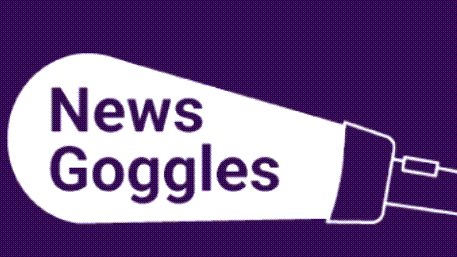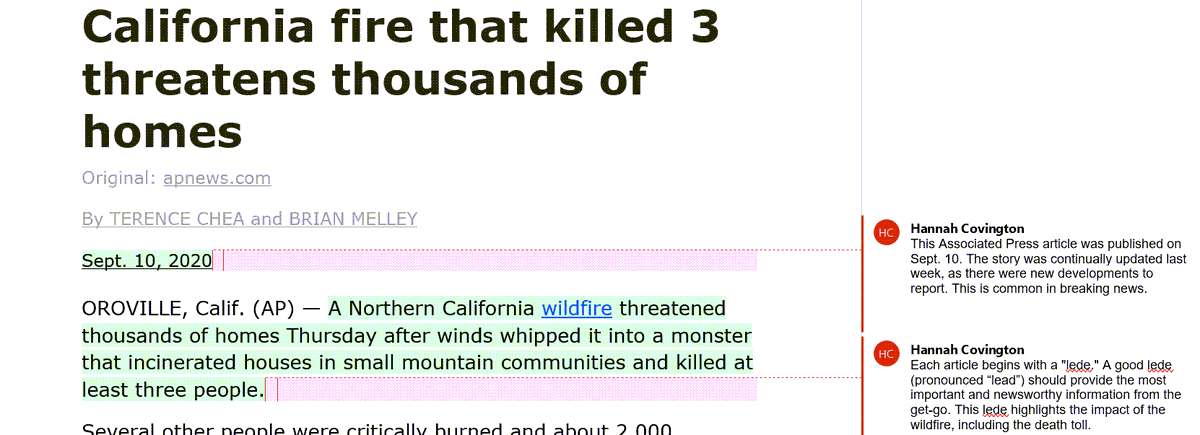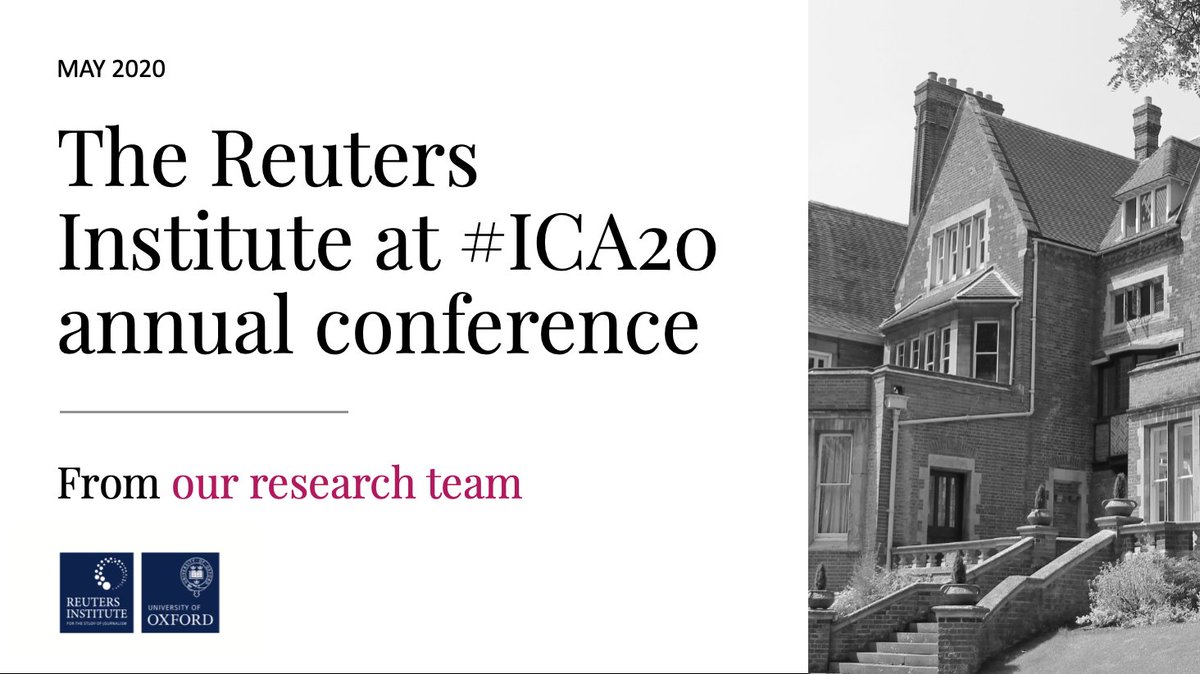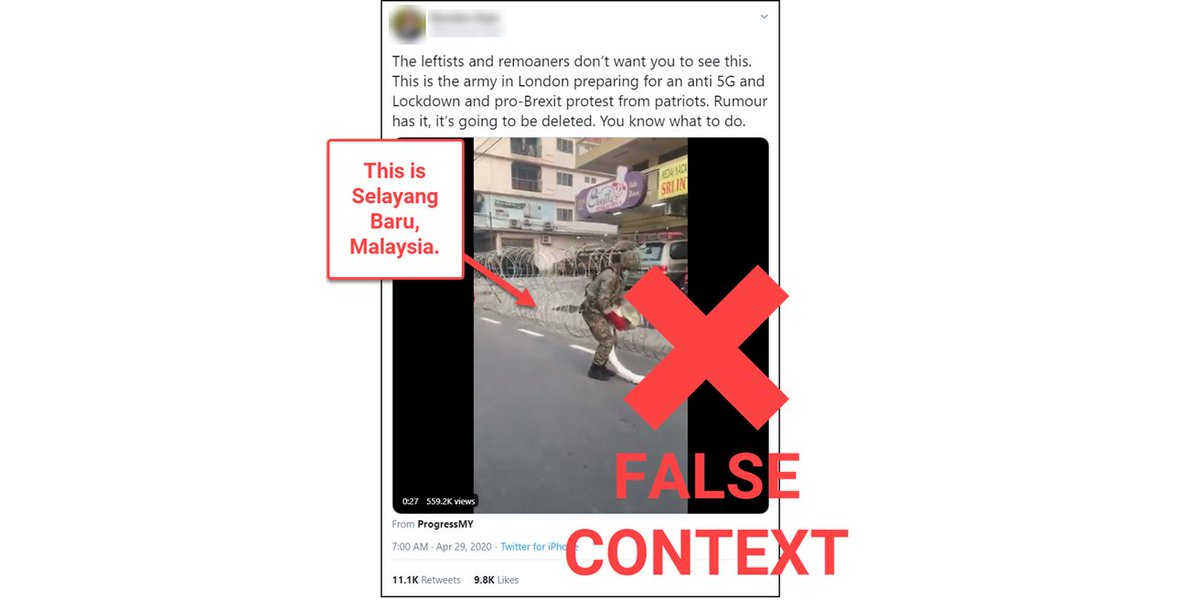Discover and read the best of Twitter Threads about #newsliteracy
Most recents (9)
NEW: Over the next 4️⃣ years, we're taking bold action by pushing back against the flood of misinformation & turning our mission into a national movement.
✨ Join us to create a more news-literate America: newslit.org/future/
#NewsLiteracy
✨ Join us to create a more news-literate America: newslit.org/future/
#NewsLiteracy
We will mobilize news literacy practitioners — educators, students & the public — to collectively push back against misinformation in all its forms. This work will move us much closer to changing cultural attitudes toward mis- & disinformation. newslit.org/future/
"#Misinformation is one of the greatest threats of our time," says current COO & soon-to-be CEO @saltercrs. "While we cannot eliminate #Disinformation, there is a solution."
#NewsLiteracy
newslit.org/future/
#NewsLiteracy
newslit.org/future/
this won't affect the readers. the problem is three-fold:
1. the publishers (and editors) always overestimate the sophistication of the readers and their inclination take the time to distinguish between news and opinion;
nie.mn/2NbHKpw
1. the publishers (and editors) always overestimate the sophistication of the readers and their inclination take the time to distinguish between news and opinion;
nie.mn/2NbHKpw
2. the publishers always err on the side of subtlety -- e.g., the NYT thinks it signals opinion/analysis by using flush right instead of ragged right in print.
3. the readers' own confirmation bias will lead them to upgrade sources of information that agree with their point of view, so even if something is labeled 'opinion' they will recall it as the more credible 'news.'
@poniewozik Having taught #newsliteracy for over a decade, I assure you that the problem is not the public's inability to spot misinformation or disinformation but rather their disinclination to do so. The only solution is to teach young people early on the value of reliable information
@poniewozik Altering algorithms and online courses to help people spot fake news won't help. Here's a piece a did for @HarvardBiz online edition two years ago
hbr.org/2018/08/we-get…
hbr.org/2018/08/we-get…
1/ Students can (and should!) think like journalists while reading news coverage.
In "News Goggles," @BySuzannah and I show them how. It's a new feature in The Sift® with classroom-ready resources.
Love slide decks? Hate making 'em? We do that, too. #sschat #edchat #engchat
In "News Goggles," @BySuzannah and I show them how. It's a new feature in The Sift® with classroom-ready resources.
Love slide decks? Hate making 'em? We do that, too. #sschat #edchat #engchat

2/ We turn #newsliteracy concepts into bite-sized classroom activities. These slides make great bellringers!
Some weeks, we offer paragraph-by-paragraph annotations of news reports — like on this AP story on deadly wildfires.
SLIDES —> drive.google.com/file/d/1D6bez_…


Some weeks, we offer paragraph-by-paragraph annotations of news reports — like on this AP story on deadly wildfires.
SLIDES —> drive.google.com/file/d/1D6bez_…



3/ How do you know that a report can be trusted? We break down public records and watchdog journalism, as in this @propublica investigation.
SLIDES —> docs.google.com/presentation/d…
SLIDES —> docs.google.com/presentation/d…

Thread (1/1): A lot of discussion about #anonymous sources in the past few days. This is good! Those invested in #newsliteracy welcome the chance to share some insight into how/why/when anonymous sources are used. Here is how we talk about anonymity with student journalists.
Why: the most important part of anonymity. 1) why would someone need anonymity vs. why someone would want anonymity. It’s important to distinguish between these. As journalists, it is vital that we can attribute information to named sources to be transparent.
(2)Who: many people ask for it, but it should only be granted in cases where the person faces very really harm for sharing information that can be verified as truthful. The person sharing is obviously vulnerable and checks out as credible.
1. At #ICA20 our brilliant research team will speak about topics such as news inequalities, news literacy, populism and social norms.
🧶A few insights in this thread
📱Titles and abstracts in the link below
reutersinstitute.politics.ox.ac.uk/risj-review/he…
🧶A few insights in this thread
📱Titles and abstracts in the link below
reutersinstitute.politics.ox.ac.uk/risj-review/he…

2. Concern over the spread of misinformation on social media has amplified calls to improve news literacy. @annisch, @dragz and @rasmus_kleis investigated the relationship between news literacy and social media use in five countries. Key findings below 

3. In this online survey experiment, @simgandi tested the effect of a nudge on reducing the dissemination of false news on social media. Using the social norms theory, she examined whether a cheap and easy solution could reduce the willingness to share false news.
#Teachers: You can use this false tweet that went viral last week (apparently as a joke, though it tricked lots of people) to challenge your students' digital verification skills. How? Lemme show you. 

The tweet used a video clip of Malaysian military personnel putting up a razor wire barrier near Kuala Lumpur to falsely claim (apparently as a joke) that British soldiers were preparing for an "anti 5G and Lockdown and pro-Brexit protest from patriots" in London.
But as often happens, many people took it seriously and amplified the claim.
The tweet has since been deleted, but you can find an archived version of it here: archive.is/wip/5sM7f
And here's the same video clip used in the tweet on YouTube:
The tweet has since been deleted, but you can find an archived version of it here: archive.is/wip/5sM7f
And here's the same video clip used in the tweet on YouTube:
I searched "should I get my child vaccinated?" on YouTube (signed out, in a privacy browser) and the "Up Next" suggestion algorithm queued up an anti-vaccination video after just one click. From there things didn't get better. Here's my "rabbit hole" path:
Teachers: This is a great #newsliteracy learning experience for your students. Pick a trending or controversial topic, do a neutral, good-faith search about it, and see where YouTube's algorithm takes you, documenting and reflecting as you go.
This opens up all sorts of questions you can engage: Why does YouTube have a suggestion algorithm? (To engage you so you stay and consume more ads.) How does it make selections? What makes people watch suggested videos? (Fear & outrage work pretty well.) Can algorithms have bias?
“Core values of #journalism do not change, but practices must change to reflect current reality.” #trustinmedia #ona18 Cannot assume readers understand what we do, how/why we do it. They don’t. Have to stop priding ourselves on being opaque. #transparency @knightfdn #newsliteracy
@knightfdn “Radical #transparency” means we explain methods, decisions in real time. Not after reaction. 2-way communication. Big problem tho: readers conflate news and opinion stories. And media outlets also conflate it too often. #ona18 #trustinmedia #journalism #fakenews
“Teach the news, not just report it.” #newsliteracy #communityjournalism #ona18 #localnews #readlocal #trustinmedia

